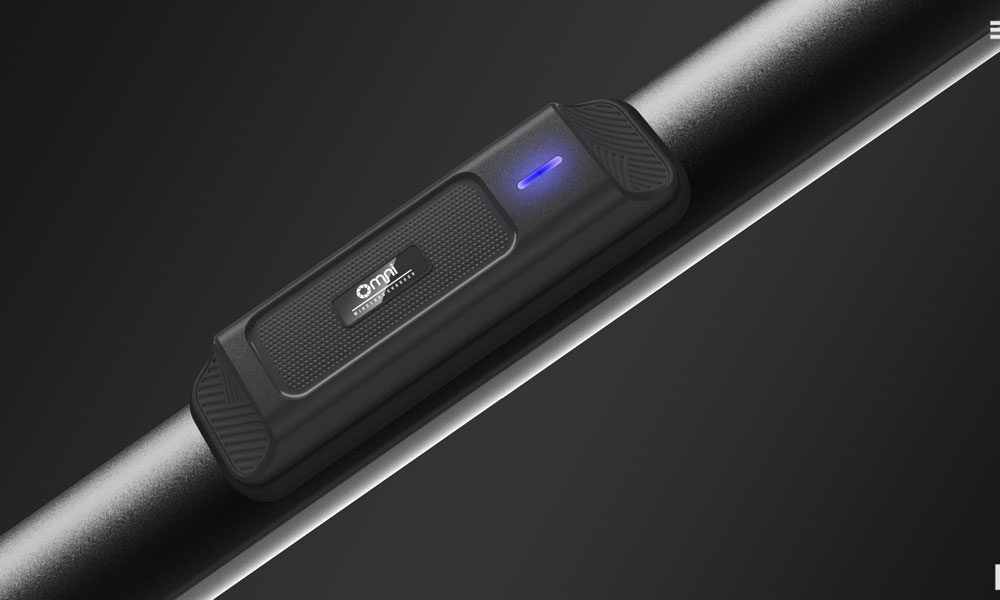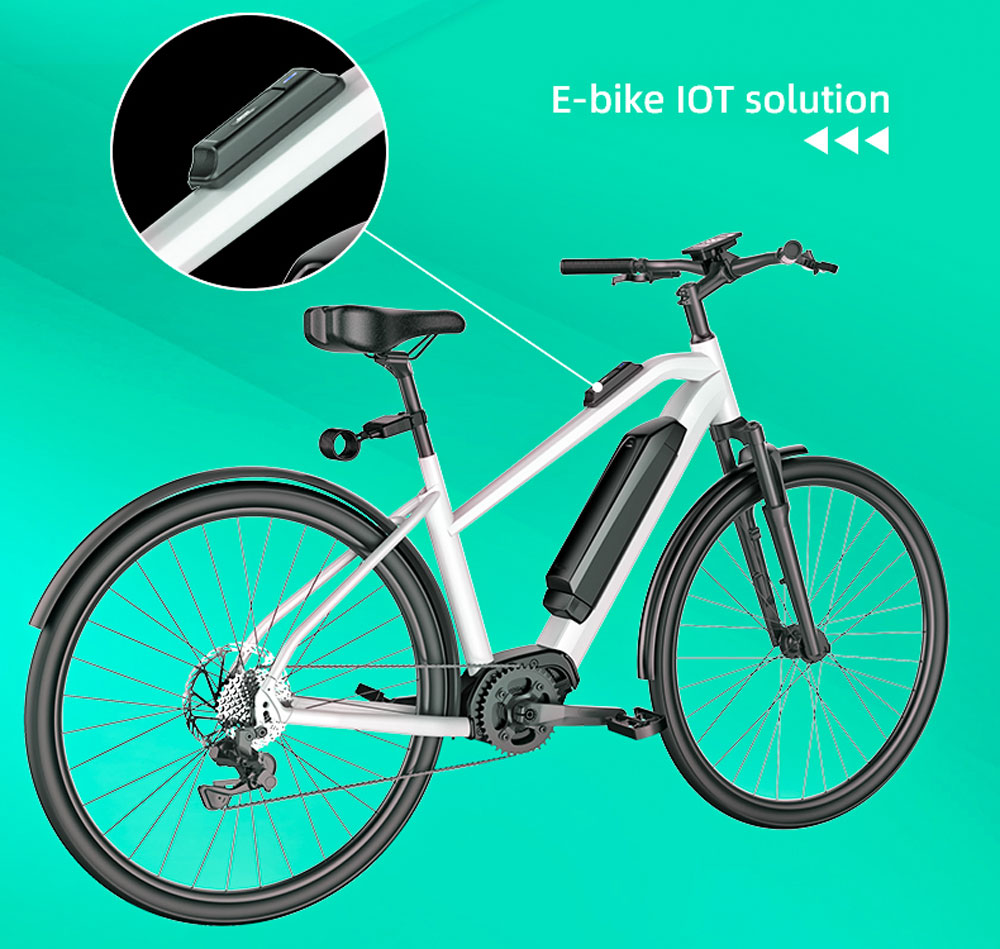According to the latest data on electric bikes in 2023,the number of electric bikes has reached 300 million,a 50% increase from the 200 million in 2019.More than 41% of electric bike users ride their ebikes more than twice a day.Sales of mid-drive motors,hub motors,and batteries continue to rise,indicating a rapid increase in demand for electric bikes.In terms of technology,there has been a significant technological transformation in bicycles.
However,recent theft data shows a high incidence of electric bikes being stolen by criminals.Therefore,it is essential to install a vehicle GPS tracker for electric bikes.In the shared electric bike industry and among electric bike manufacturers,based on the analyzed data,equipping their ebike fleets with suitable IoT GPS trackers has become a top priority.Unlike conventional and simple locators,IoT GPS trackers that are more suitable for current trends and future demands will bring more features beyond simple positioning needs.

The new IoT GPS trackers in 2023 will provide real-time location information for all ebikes,enhancing anti-theft capabilities.In times of need,these trackers can assist manufacturers or rental/sales outlets in recovering stolen ebikes.When using IoT GPS trackers,consider the following six points:
Choose the right IoT GPS tracker
Select a small and lightweight IoT GPS tracker suitable for ebikes.Ensure it has a long battery life and stable signal reception.A multi-mode high-precision satellite positioning system,using GPS,GLONASS,and Beidou as satellite positioning,will be more suitable.
Installation location:
When installing the vehicle GPS tracker on ebikes,choose a location that is not easily discovered or dismantled.Typically,consider installing it on the seat post,frame,or other hidden locations.
Power supply
Ensure that your ebike GPS tracker has sufficient power.Some devices use batteries,while others can be connected to the bike's battery system.Choose the power supply method that suits your needs.

Configuration and testing
After installation,follow the manufacturer's instructions to configure the device.Test to ensure it accurately provides the bike's location information.
Choose a cloud platform
Most IoT GPS trackers integrate with cloud platforms,allowing manufacturers or users to remotely track the bike's location via a mobile app or website.Choose a secure and reliable cloud platform.
Privacy and regulations
When using GPS trackers,be aware of local privacy regulations.Ensure your usage is legal and respects the privacy of others.Note that some regions may have specific regulations on the use of GPS trackers,so it's advisable to understand local laws and regulations before installation.Additionally,to protect the device's security,avoid publicly disclosing the location and installation method of your GPS tracker.




